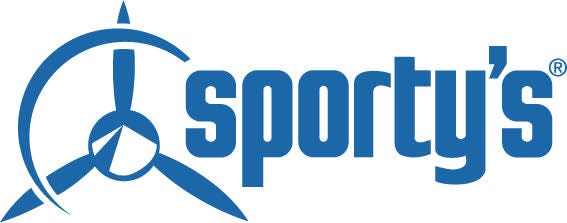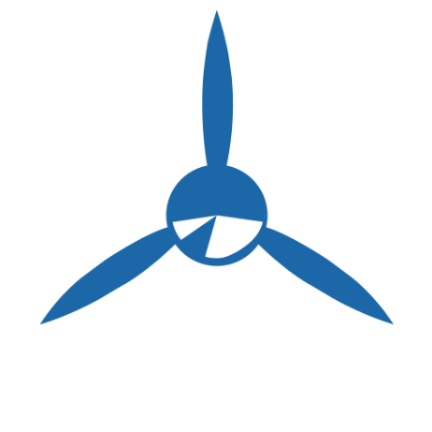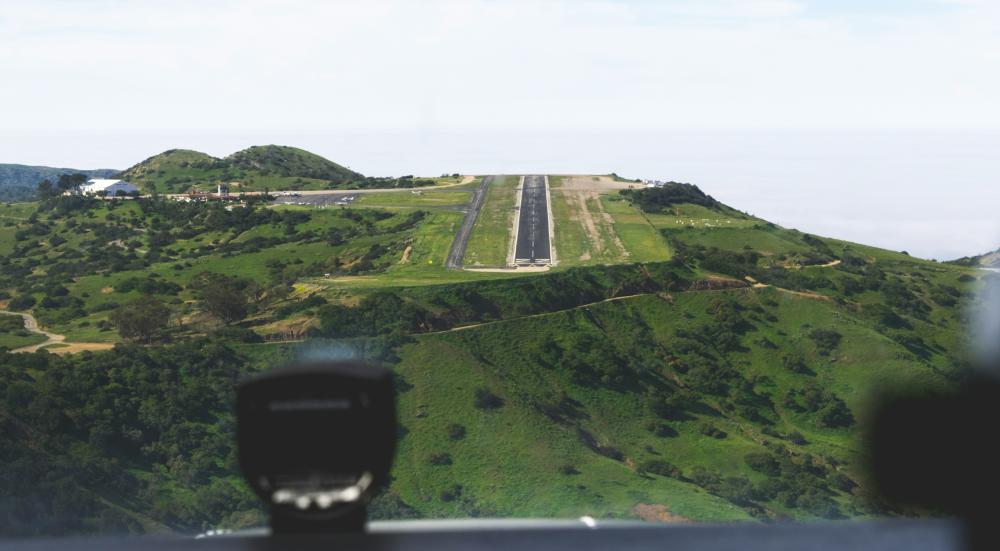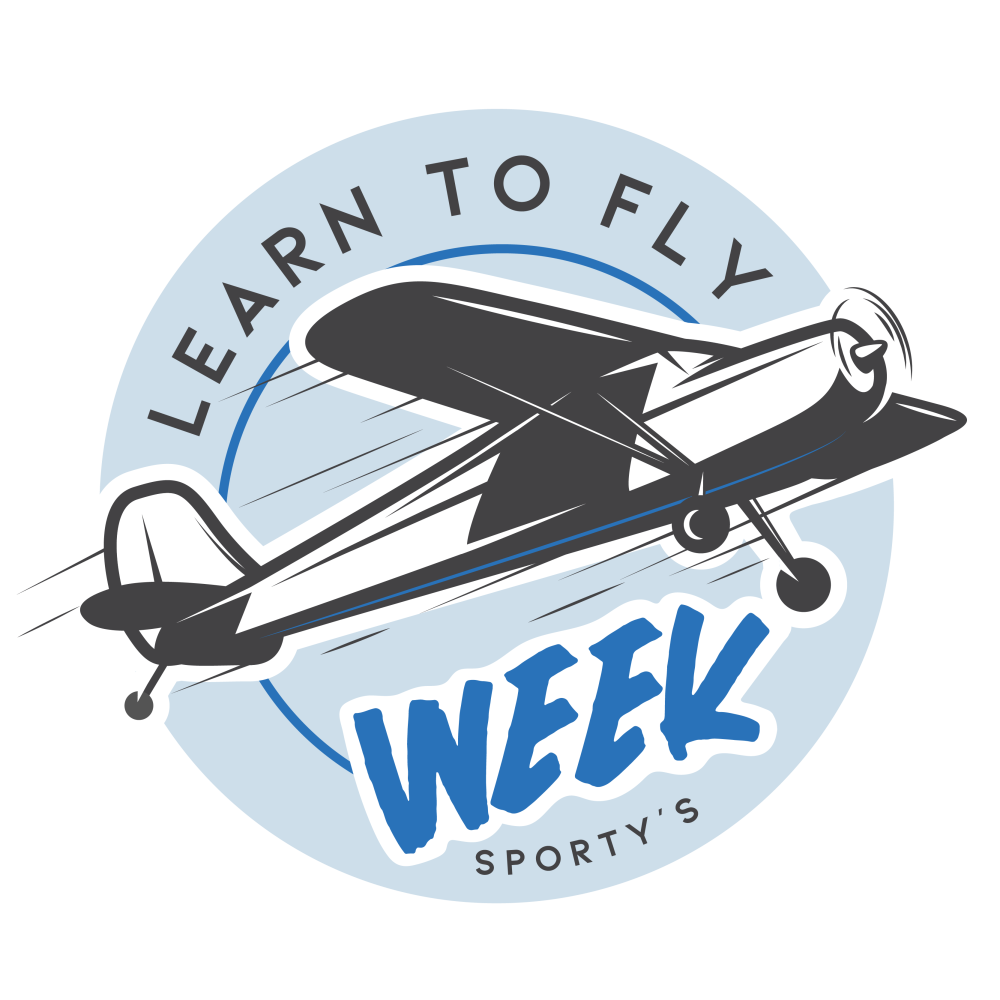To find the right flight simulator for your home (or flight school, for that matter), first consider how you'll use it. Will this be an everyday training tool or just for occasional use? What is your level of technical knowledge, and how much customization do you require? Finally, what is your budget? The answers to these questions will determine how complex a solution you need to buy and how much to spend.
The good news is there's a system to suit almost all pilots. Here are three recommended systems, ranging from simple and affordable, to sophisticated and more expensive.
Good
 CH Products Yoke and Rudders, with Microsoft Flight Simulator X
CH Products Yoke and Rudders, with Microsoft Flight Simulator X
This kit has been popular for many years, and is a great way to get started with home flight simulators. We think it's the most affordable system that has the key elements for pilots, and it works with both Windows (XP, 7, 8, and 10) and Mac. In most cases, you simply plug in the controls to your computer and open the flight simulator program - no drivers or complicated software installations.
The yoke has three top-mounted levers for throttle, propeller, and mixture, plus switches to simulate flaps and landing gear. For more realistic training - especially maneuvers and landings - you'll want to add the rudder pedals.
That takes care of the hardware. What about software? While it's getting fairly old now, Microsoft Flight Simulator X is still hard to beat for simplicity and fun. The program (now available as a download through the Steam platform) makes it easy to choose the airplane, location, and weather conditions, then get flying. There are also some built-in scenarios to guide your flying. It lacks some of the sophisticated features of higher end simulators, but it is easier to use as a result.
Price: $274.90
Better
 Saitek Yoke and Rudder Pedals, with X-Plane
Saitek Yoke and Rudder Pedals, with X-Plane
If you want more customization options and more flexibility, this step-up system is the perfect fit - and it's still under $400. The Saitek Yoke has a metal shaft, and generally provides a more realistic feel during flight maneuvers (although no home simulator really feels like flying). It has a number of buttons on the yoke to simulate electric trim, push-to-talk, and other airplane features, as well as a digital screen on the front of the yoke. Each yoke includes a separate throttle quadrant with three levers. Just as with the CH Products line, we recommend adding the rudder pedals to increase the training value.
X-Plane is a more modern and updated flight simulator program, especially when compared to Microsoft Flight Simulator X. The latest version (11) has truly stunning graphics, both inside and outside the airplane, and the aerodynamic modelling is also more realistic. There are a huge number of customization options in the program, plus a vibrant online community of software developers that offer airplane and scenery add-ons. If you can dream it up, you can probably do it in X-Plane. That does mean the learning curve is a little steeper, so give yourself some time to get acquainted with all the options. But once you're up and running, you can do some very lifelike training flights with this system.
Price: $399.97
Best
 Redbird Jay with RD1 Rudder Pedals
Redbird Jay with RD1 Rudder Pedals
Looking for an all-in-one system with virtually no setup? The Jay, from flight simulator manufacturer Redbird, is a compelling option. It's significantly more expensive than the CH and Saitek products, but that's because it includes so much more. Sure, there's a yoke and throttle quadrant, but the Jay also includes a screen, a built-in computer, and customized flight simulator software. It has literally everything you need to start flying - just plug it in and turn it on. The only thing you'll need to add is the Redbird RD1 Rudder Pedals.
Price: $2595.00
Redbird TD2 with RD1 Rudder Pedals
This is the ultimate home simulator (pictured at right), and makes an excellent training tool for flight schools as well. The TD2 is a table-mounted flight training device that is specifically built to place the yoke at a realistic height - unlike most top-mounted flight simulator yokes. Like the Jay, it includes a screen, computer and keyboard. Unlike the Jay, this model also includes an array of switches to simulate lights and deice systems, plus controls for throttle, propeller, mixture, landing gear, flaps, and magnetos. You can choose from glass panel setup (which simulates a Garmin G1000) or steam gauges. Again, make sure to add the rudder pedals for maximum training value.
Price: $7995.00
Training Tips
After you choose a flight simulator, make sure you take the right approach when using it. Most importantly, approach each flight with a training mindset: have an objective, with performance standards and a way to evaluate your flying. It's certainly fine to have fun flying your simulator, but if you really want to improve your flying, do it deliberately. That might even mean talking to your flight instructor about what he or she wants you to focus on, or keeping a training log with questions raised during each training session.
It's also worth noting that none of these systems will help you master crosswind landings or other stick and rudder skills - you'll need to fly the real airplane in real weather to learn that. However, a properly configured simulator is very valuable for learning cockpit flows, understanding checklists, and perfecting your instrument scan.
For more tips on using a flight simulator as an integral part of flight training, read this article from one of Sporty's experienced flight instructors.




